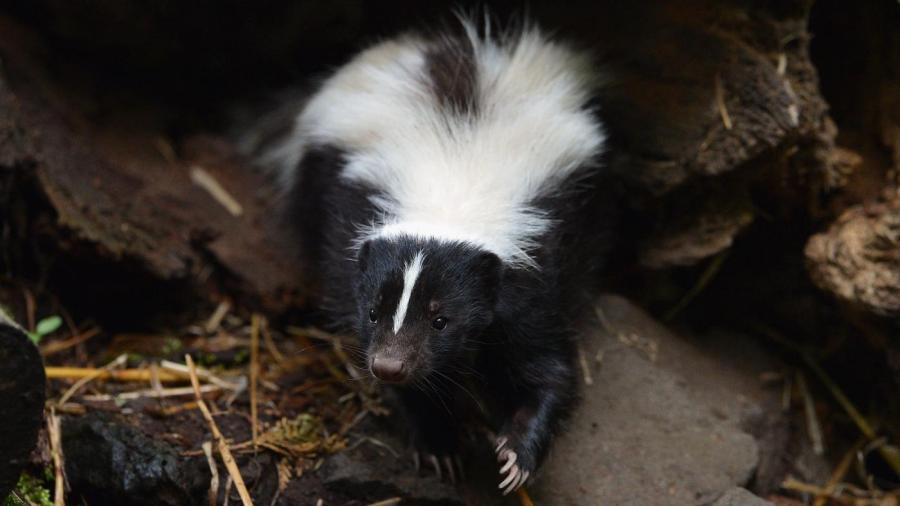What Eats Skunks?

Skunks are preyed upon by many different species, including pumas, civets, coyotes, foxes, lynx, American badgers and various birds of prey. Skunks defend against predation through warning coloration and the ability to spray a sticky, foul-smelling fluid from their anal glands, which is strongly irritating to eyes. However, birds of prey are less intimidated by a skunk’s defenses because their sense of smell is typically much weaker than mammalian predators’.
Skunks are short in height and not particularly fast. Therefore, their ability to spray their musk is one of their primary defenses. However, some species of skunk are able to climb to escape predation. They typically give a warning display before spraying by lifting their tails or doing a handstand. If the threat continues, they bend their hindquarters forward and spray, trying to aim for the attacker’s eyes.
Skunks are themselves predators, although they do consume some plants. Their most common animal prey includes insects, worms, rodents, lizards, snakes, birds and eggs. Skunks are most active at night. They are natural burrowers and dig for prey and also create burrows for themselves. In colder climates, skunks build up fat reserves during the summer, so they can stay in their dens and sleep for most of the winter. This is not true hibernation, however, as they usually become active again during warm spells.





